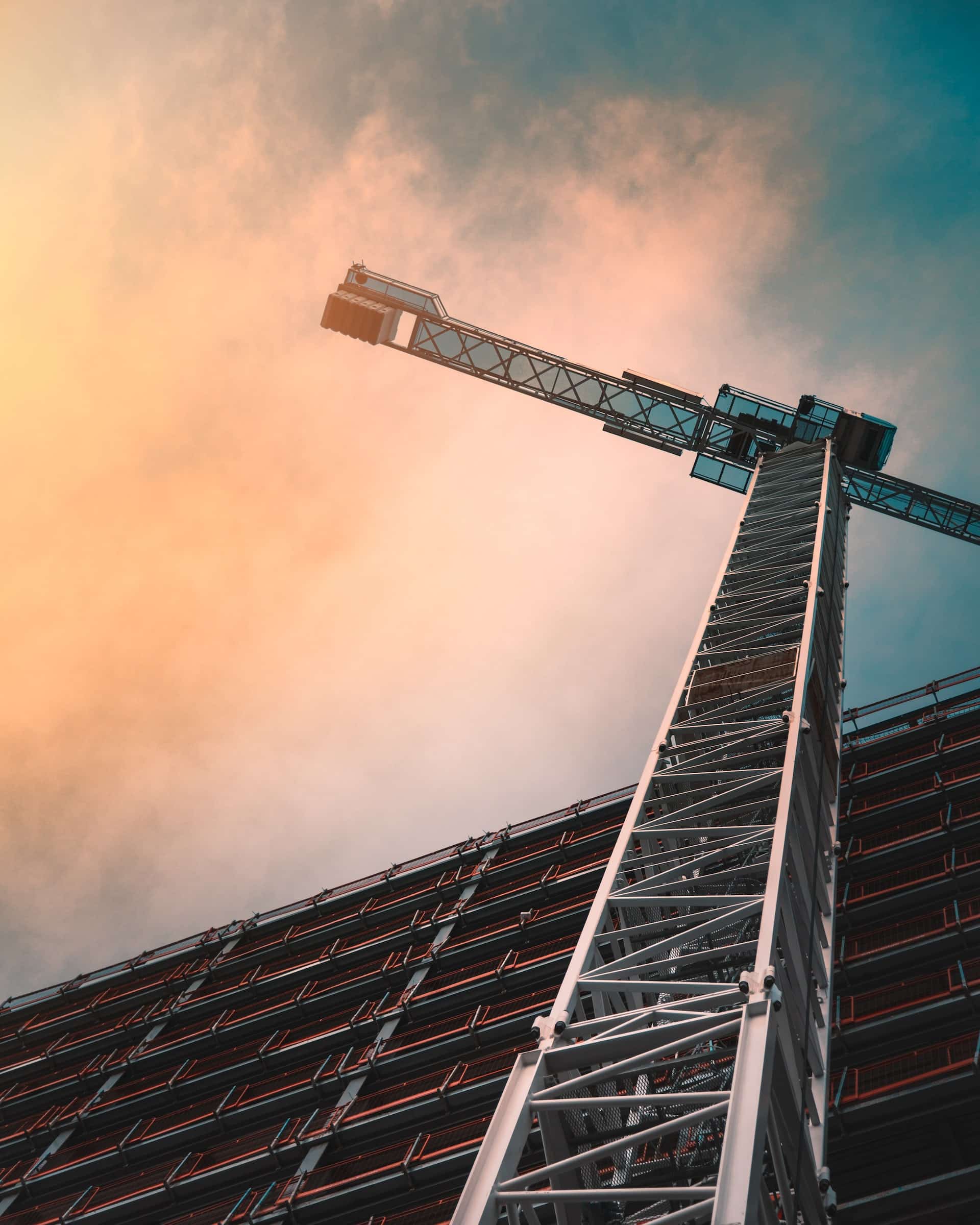You need materials to build anything, whether a house or a skyscraper. And as the cost of these materials rises, so does construction cost. Experts like Matt Oddo in Franklin, Tennessee, say this has been a problem for the construction industry for years, and it doesn’t look like things will get better anytime soon.
In this article, we’ll look at how rising material costs affect the construction industry and what can be done to mitigate their impact.
IMAGE: UNSPLASH
Cost of Lumber And Steel Tariffs
Matt Oddo says the cost of lumber has increased by over 30% since early 2017, and the price of steel has increased by 15%. These increases are a direct result of U.S. tariffs on imported Canadian lumber and Chinese steel. The Trump administration placed a 20% tariff on imported Canadian softwood lumber in April 2017, and in March 2018, they imposed a 25% tariff on imported Chinese steel.
How do these tariffs affect the construction industry? The cost of building materials has increased significantly, raising the overall price of construction projects. Many contractors are bidding low on projects to win the work. This may seem good for homeowners and businesses looking to do the job, but it often leads to lower-quality work.
In addition to raising the cost of construction projects, these tariffs also affect the availability of building materials. Because the demand for lumber and steel is high and supplies are low, many contractors need the materials they need to start or complete their projects. These delays can cause significant disruptions and lead to even more cost overruns.
Rising Interest Rates
Matt Oddo says rising interest rates are another factor affecting the construction industry. The Federal Reserve raised rates seven times in 2022, and they’re expected to do so again in 2023. This affects both homebuilders and commercial developers, making borrowing money for construction projects more expensive.
As interest rates continue to rise, we’re likely to see fewer new homes being built and more irregular commercial developments moving forward. We’re already starting to see some slowdown in both sectors, but as interest rates increase, this slowdown is expected to accelerate.
The Increased Cost Of Fuel And Transportation
In addition to tariffs, the increased cost of fuel and transportation also impacts material costs. Construction materials must be shipped long distances to reach their final destination, which has become more expensive due to rising fuel prices. And even if fuel prices were to go down, trucking companies would likely just pass those savings on to their customers instead of eating into their profits.
This means that contractors are facing not only higher tariffs on materials but also higher transportation costs. This can add up to thousands of dollars in additional expenses for each construction project and puts even more pressure on contractors to bid low to win the work.
What Has Been Done To Mitigate Rising Costs?
Fortunately, some measures have been taken to mitigate the effects of rising material costs on the construction industry. The U.S. government has implemented tax incentives for builders and developers that use domestic materials, which has helped to offset some of the cost increases due to tariffs. And in some areas, local governments offer grants and subsidies to help contractors offset the additional costs.
However, these measures need to do more to compensate for the increased cost of materials and transportation, so construction projects continue to be affected by rising material costs. To mitigate these costs’ impact more must be done to control tariffs and fuel prices. Until then, contractors will have to continue to find ways to bid low and cut corners to make a profit.
What To Do?
Matt Oddo says despite the challenges posed by rising material costs, there are still things that contractors can do to ensure that their projects come in on time and within budget. First, contractors must know the current market conditions and adjust their bids accordingly.
In addition, they should take extra care to ensure that all materials are of the highest quality and that all work is done to code. Finally, contractors should look for ways to reduce waste and conserve resources wherever possible.
By taking these steps, contractors can help ensure that their projects come in on time and within budget, despite the increased cost of materials. It may take extra effort but it will pay off in the long run.
The Bottom Line
Rising material costs are a significant concern for contractors in the construction industry. Tariffs, interest rates, and fuel prices have contributed to an increase in materials costs, putting pressure on contractors to bid low to win work. While some measures can be taken to mitigate the impact of these costs, more must be done to reduce their effect on construction projects.
In the meantime, contractors should take extra care to ensure that their bids are competitive, that all materials are of high quality, and that all work is done to code. Doing so can help ensure that their projects come in on time and within budget, despite the increased cost of materials.
IMAGE: UNSPLASH
If you are interested in even more business-related articles and information from us here at Bit Rebels, then we have a lot to choose from.


COMMENTS